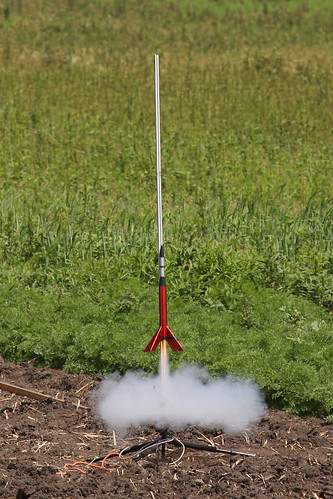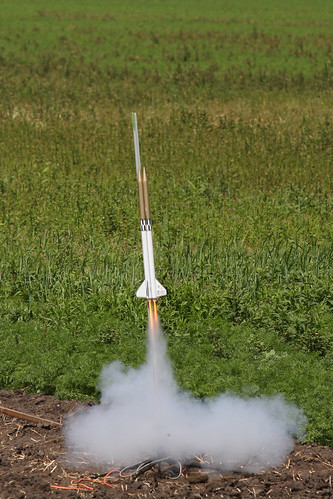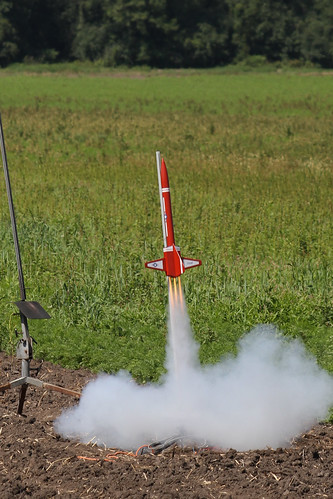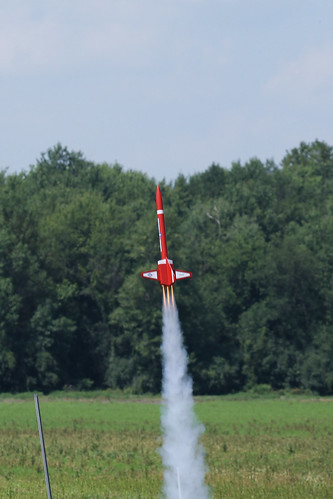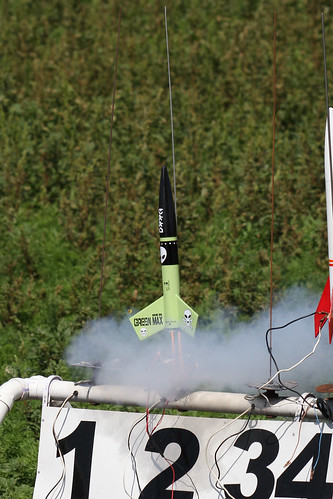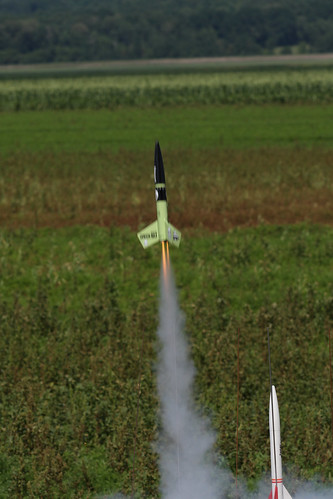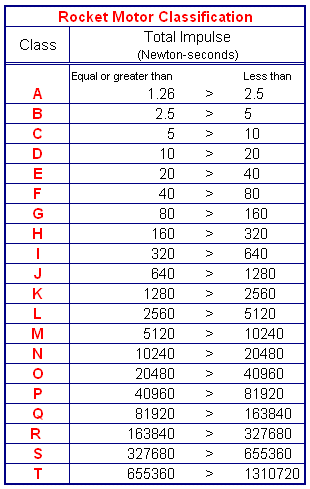EXPjawa
Well-Known Member
I'm curious about how one would rate the combined impulse of a cluster of engines. Over the weekend, I launched a total of 5 cluster engine rockets, all with complete success (at least regarding ignition). So, would my Der Green Max - on three A8-5 motors - be roughly equivalent to having a B24-5 motor, or is there a different way of thinking about it? I don't really care one way or the other, I'm just curious. The thing was very quick off the pad with a short burn, which would be consistent with that sort of thinking. By the same token, would the two D12-7's launched in my Binary Star essentially be an E24-7? Again, the performance was similar to what that would indicate.





